Exploring Budapest's Diverse Museum Collections
Budapest has some of Europe's best museums. You can find everything from ancient artifacts to modern art here. The city has tons of museums that tell the story of Hungary's wild history and show off amazing art collections. If you love history, art, or just want to learn something new, Budapest's museums will keep you busy for days.
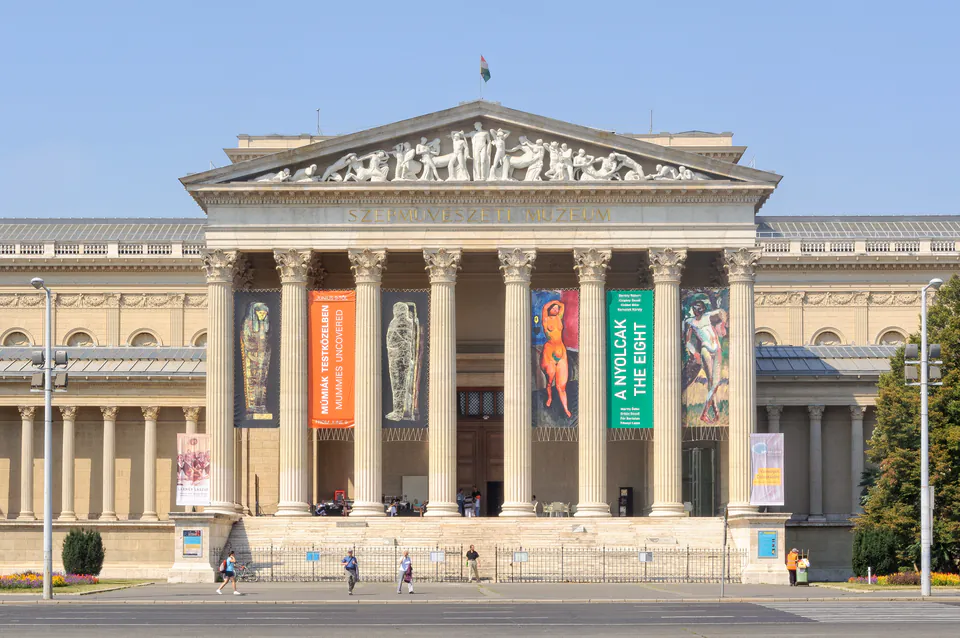
We always tell people that Budapest's museums are in some really beautiful buildings. You get everything from huge neoclassical buildings on Heroes' Square to medieval rooms inside Buda Castle. Most of these places have been fixed up recently too, so they look amazing but still keep their old character.
Historical Museums You Need to See
Budapest's history museums show you Hungary's crazy past. From ancient times to the communist era, these places have the real stories.
The Hungarian National Museum is the big one. It has over 100,000 things that tell Hungary's story from way back to recent times. The building itself is pretty special too - it was where revolutionaries met in 1848. We spent hours here looking at everything from old archaeological stuff to the Crown of St. Stephen. The seven permanent exhibitions cover everything, and you really get a sense of how much this country has been through.
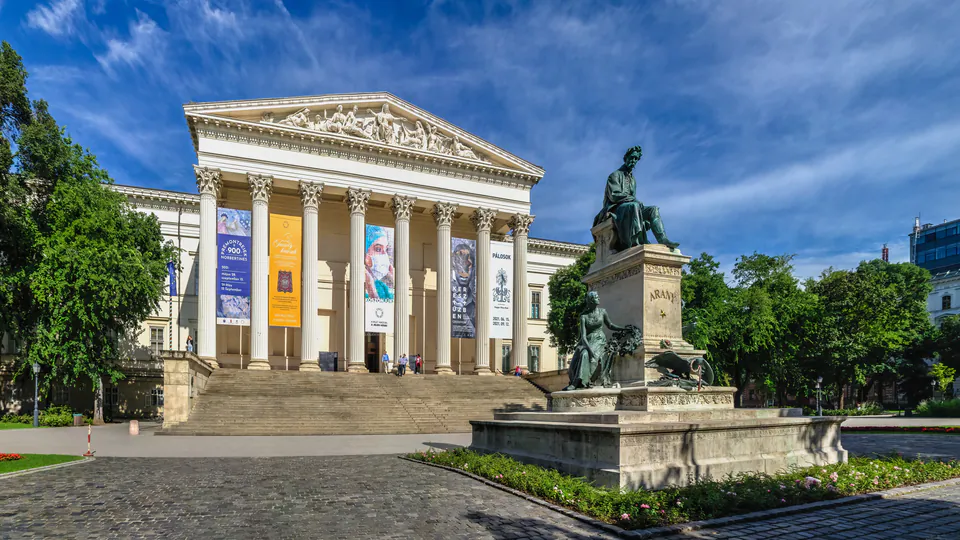
Inside Buda Castle, there's the Budapest History Museum that focuses just on the city's 2000 years. This place is really cool because you can walk around actual medieval foundations while learning about how Budapest changed from a Roman settlement to what it is today. We found the underground parts amazing - you're literally walking through original castle structures. They have Gothic statues and reconstructed palace rooms that show you how people lived back then.
The House of Terror Museum is tough but important. It's in the same building where both fascist and communist secret police had their headquarters. We found it pretty intense - they don't hold back showing you what happened during those dark times. The building's history makes everything feel more real. They have reconstructed torture chambers and stories from people who survived. It's not easy to visit, but we think it's important.
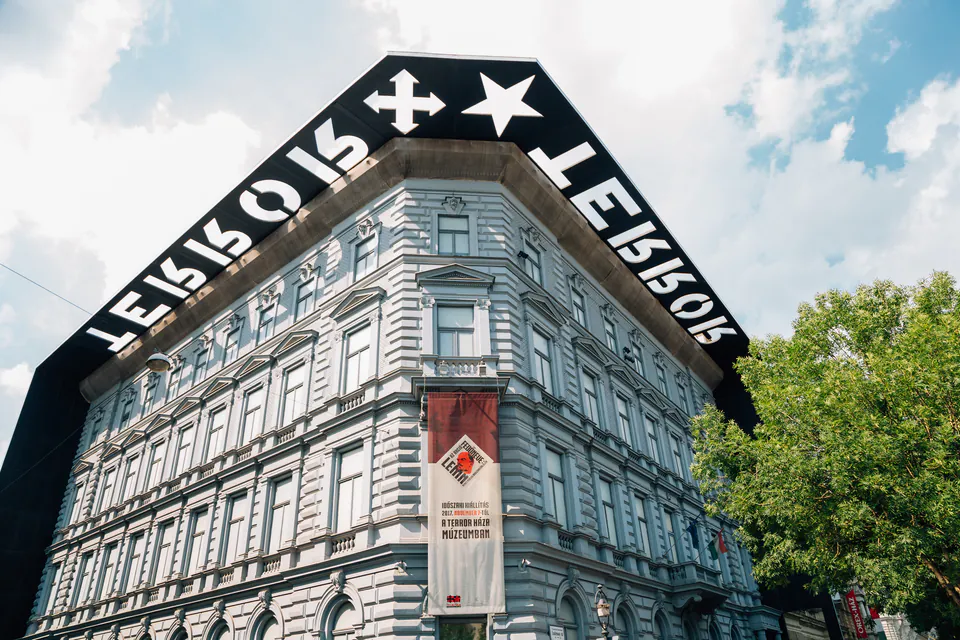
If you want to understand what happened to Hungarian Jews during the Holocaust, the Holocaust Memorial Center is in a restored synagogue. They mix personal stuff with multimedia presentations. It honors more than half a million Hungarian Jewish victims and really helps you understand what happened.
Art Museums That Will Blow Your Mind
Budapest has some incredible art collections. Both Hungarian artists and international masters are well represented here.
The Museum of Fine Arts is huge - over 100,000 pieces from ancient times to modern art. They just finished renovating it and now it looks incredible. We were amazed by the Egyptian stuff, classical sculptures, and paintings by big names like Raphael, Rembrandt, and El Greco. But the real showstopper is the Romanesque Hall. It's like a replica basilica inside the museum and one of the most beautiful rooms we've ever seen.
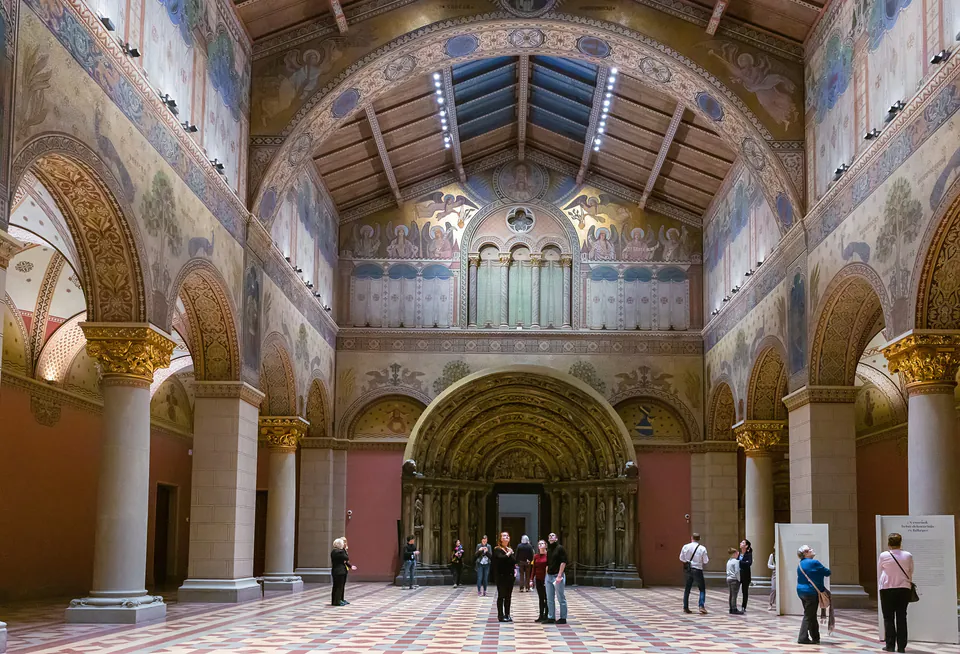
Right across Heroes' Square, the Hungarian National Gallery is inside Buda Castle and shows off Hungarian art from medieval times to today. They have amazing works by Hungary's most famous painter, Mihály Munkácsy, and you can see how Hungarian art developed over time. Plus the views from here are incredible - you get great panoramic shots of the city.
If you're into contemporary art, check out the Ludwig Museum of Contemporary Art. They focus on works from the 1960s to now, with lots of Eastern and Central European artists. It's in the Müpa Budapest complex, which also has concert halls and theaters, so you can make a whole cultural day of it.
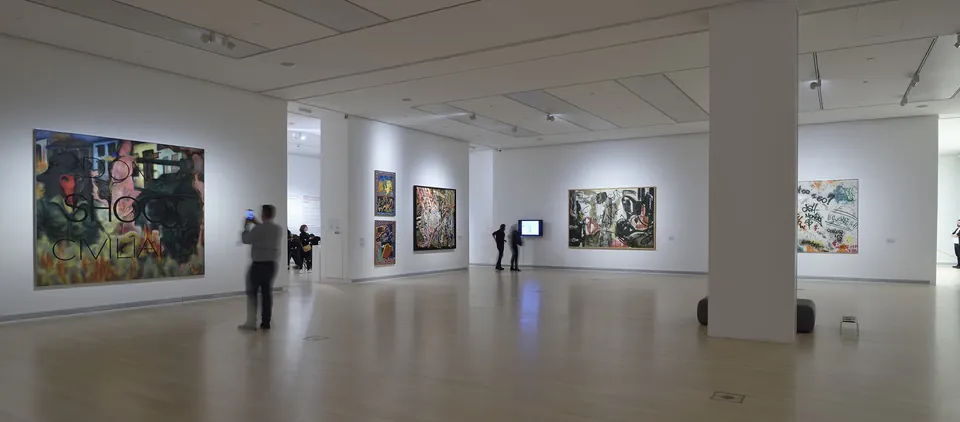
Photography lovers should definitely visit Mai Manó House. It's named after a famous 19th-century Hungarian photographer and has three floors of photography exhibitions. They show work by photographers from around the world, and it's become a real meeting place for the local photography community.
Cultural and Folk Museums
These museums show you what makes Hungarian culture special - the traditions, folk arts, and religious heritage.
The Museum of Ethnography has one of Europe's biggest collections of Hungarian folk culture. We're talking about 250,000 objects that show how people used to live. You can see beautiful folk costumes, traditional crafts, old furniture, and even listen to folk music recordings. They also have stuff from other cultures, which helps you understand how Hungarian traditions fit into the bigger picture.
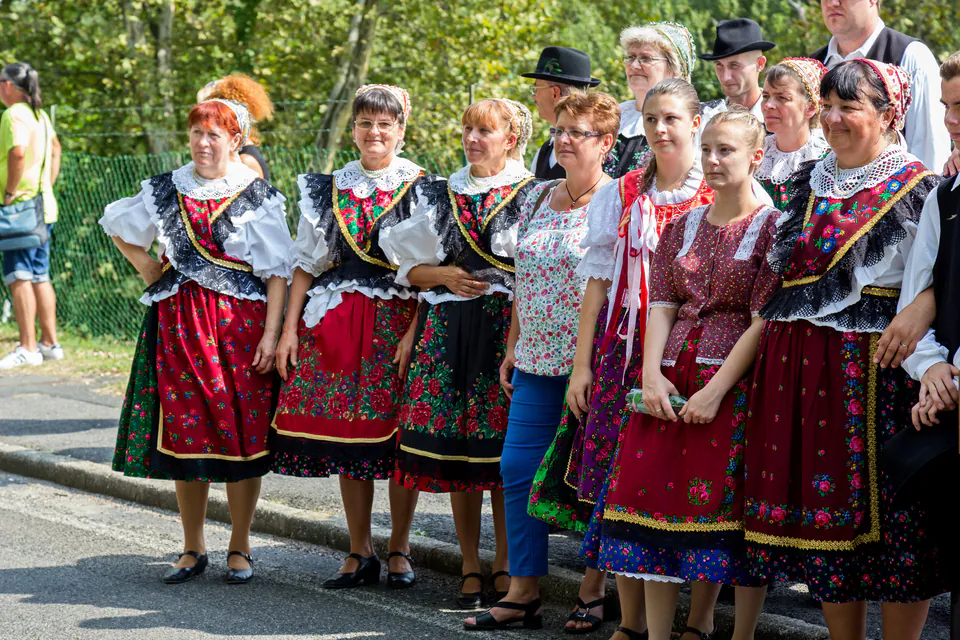
The Hungarian Jewish Museum and Archives is inside the Dohány Street Synagogue complex. It shows the rich heritage of Hungary's Jewish community, which was a huge part of Hungarian society for centuries. They have important Judaica collections and lots of community archives.
Weird and Wonderful Museums
Budapest has some really unique museums that you won't find anywhere else.
The Hospital in the Rock Nuclear Bunker Museum is probably the strangest museum experience in Europe. It's in caves under Castle Hill and used to be a secret hospital and Cold War nuclear bunker. We took a guided tour through these maze-like chambers filled with original medical equipment. They have wax figures showing what it was like when it was operating during World War II and the Cold War. Pretty creepy but fascinating.
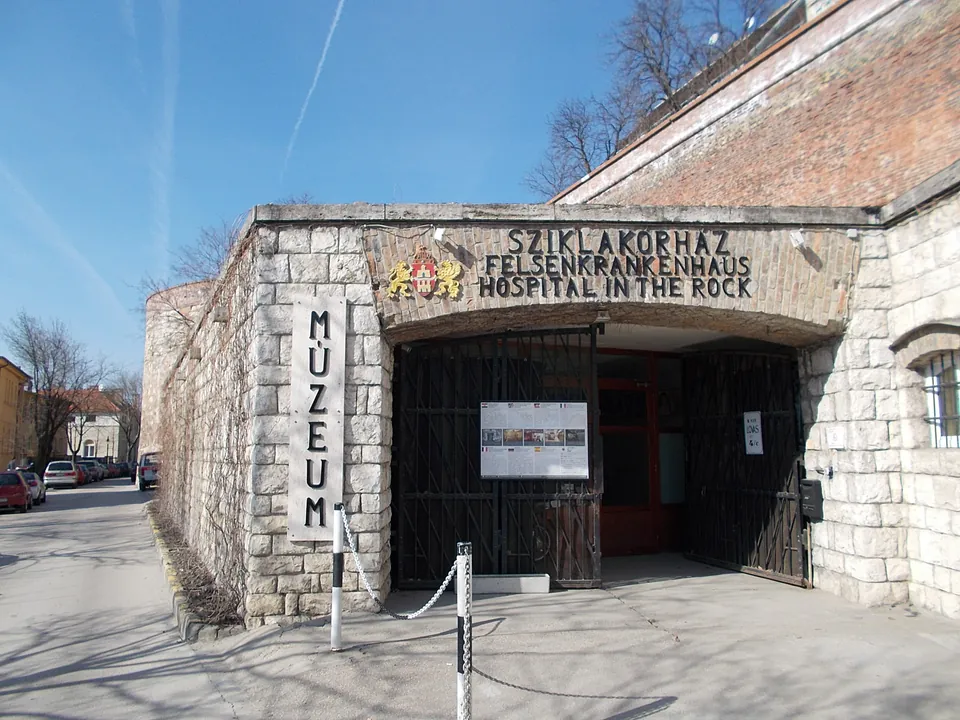
If you want something lighter, the Pinball Museum is a blast. They have one of Europe's biggest collections of pinball machines - over 130 vintage and modern ones. The best part? You pay one price and can play on all of them as much as you want. We spent way more time here than we planned because it's so much fun.
The Zwack Museum is all about Hungary's famous herbal liqueur Unicum. You get to see films, tour the old distillery and cellars, and taste different varieties of Unicum. It's a uniquely Hungarian experience and pretty interesting even if you're not a big drinker.
Where to Find the Museums
Budapest's museums are grouped in a few areas, which makes it easy to hit several in one day.
Heroes' Square is museum central. The Museum of Fine Arts and Kunsthalle face each other across this big plaza. City Park is right there too, with the Hungarian Agricultural Museum inside Vajdahunyad Castle (which looks like a fairy tale). You can get there easily by metro.
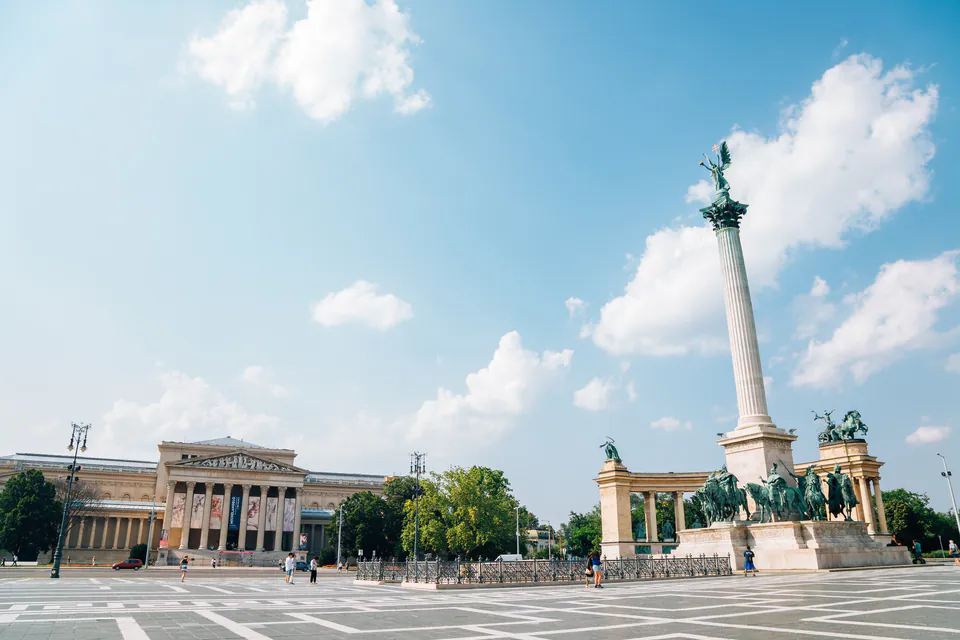
The Castle District on Buda Hill has several museums within walking distance. You get the Hungarian National Gallery, Budapest History Museum, and the Hospital in the Rock nearby. This whole area is a UNESCO World Heritage site, so you're getting amazing architecture and city views along with the museums.
Central Pest has the Hungarian National Museum and several smaller specialty museums. Everything's connected by good public transport.
Planning Your Museum Visits
Most Budapest museums are open Tuesday through Sunday from 10:00 AM to 6:00 PM. They're closed on Mondays, which is pretty standard. This makes planning easy, but just remember to avoid Mondays for museum hopping.
We always recommend getting the Budapest Card if you're planning to visit several museums. It gives you free or discounted entry to many places plus public transportation. Many museums also have free admission on certain Hungarian holidays.
Major Museum Opening Hours and Admission
| Museum | Opening Hours | Adult Admission | District |
|---|---|---|---|
| Hungarian National Museum | Tue-Sun 10:00-18:00 | HUF 3,500 | District VIII |
| Museum of Fine Arts | Tue-Sun 10:00-18:00 | HUF 3,600 | District XIV |
| Hungarian National Gallery | Tue-Sun 10:00-18:00 | HUF 3,800 | District I |
| House of Terror | Tue-Sun 10:00-18:00 | HUF 3,000 | District VI |
| Ludwig Museum | Tue-Sun 10:00-20:00 | HUF 3,500 | District IX |
| Hospital in the Rock | Daily 10:00-19:00 | HUF 4,000 | District I |
Each museum has different rules about taking photos. Some don't allow flash photography or charge a small fee for photo permits. Most major museums have guided tours in several languages, and we found these really helpful for understanding the context and highlights.
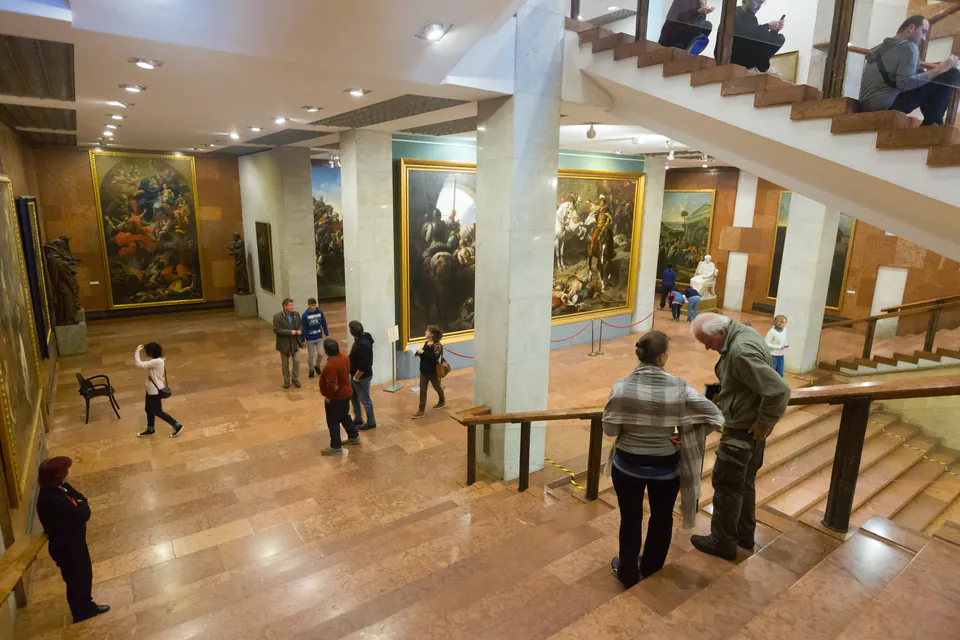
Summer and school holidays bring bigger crowds. We learned that weekday mornings are usually the most peaceful times to visit, so you can really take your time with the exhibits.